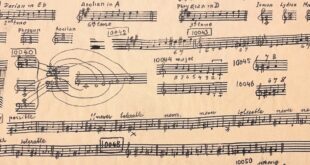Austria Capital. To get an in depth view of Vienna beyond tourism highlights I’m going to present you with facts and perspectives of Wien, my home city. At the end of this post you will have an exact idea where Wien is in Europe, about the Vienna population, Vienna’s history and districts and what Wien is famous for, its current city government and how best to visit Wien. To dig deeper, use the various links.
Where Is Wien?
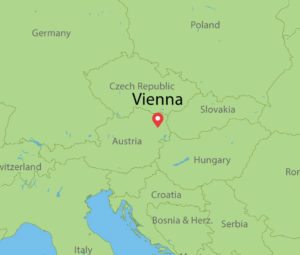 Austria Capital. As you will know there are countless cities claiming they are ‘in the heart of Europe’. Actually, Vienna really IS. As a matter of fact, Wien is part of Western Europe but borders Eastern Europe. In linear distance, Vienna is just 50 km from the Slovakian border, 60 km from the Hungarian border, 60 km from the Czech border, 195 km from the German border and 172 km from the Slovenian border. Prince Metternich was the first to realise that the Balkan (South Eastern European region) starts here.
Austria Capital. As you will know there are countless cities claiming they are ‘in the heart of Europe’. Actually, Vienna really IS. As a matter of fact, Wien is part of Western Europe but borders Eastern Europe. In linear distance, Vienna is just 50 km from the Slovakian border, 60 km from the Hungarian border, 60 km from the Czech border, 195 km from the German border and 172 km from the Slovenian border. Prince Metternich was the first to realise that the Balkan (South Eastern European region) starts here.
Find out in Where Is Vienna Austria where exactly Vienna is located on the map, its area size, the nearest cities and distances, and climate zone.
Vienna Austria Map
Austria Capital. As for its size, Vienna extends across 415 square kilometres (160.2 square miles). To compare, this makes it just a little smaller than New Orleans. Essentially, Wien’s 23 districts form two concentric circles around the first district or Vienna city centre (Innere Stadt).
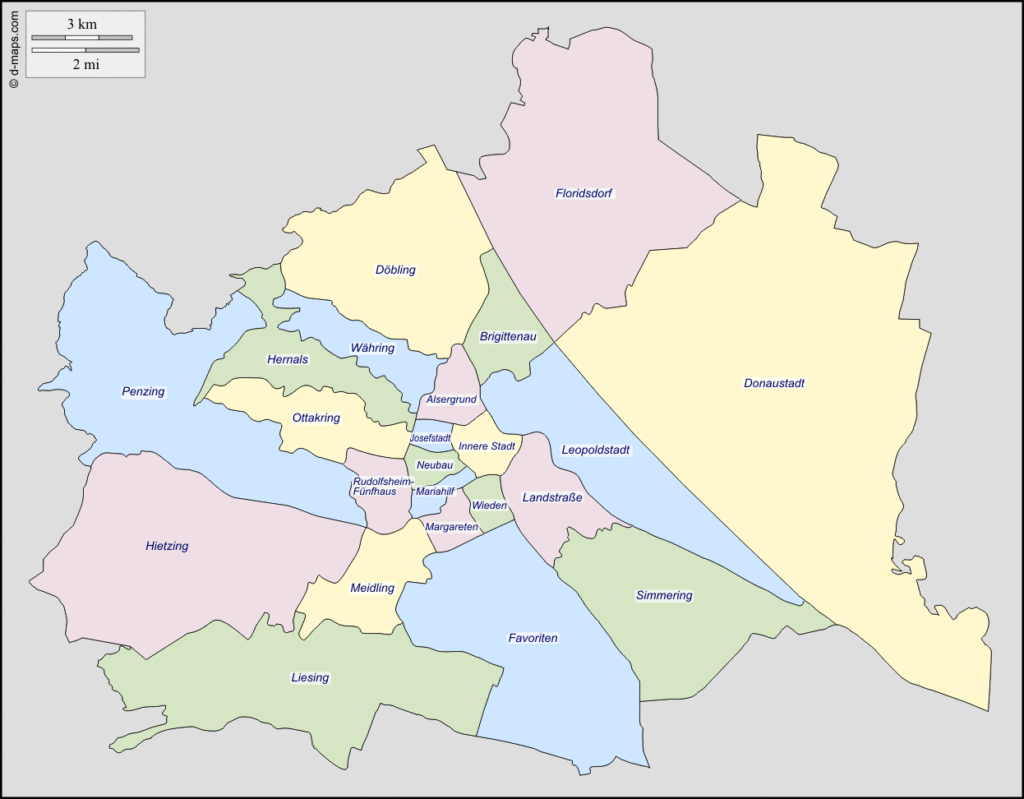
To give you some orientation where to go and what to see explore my Ultimate Guide To Vienna Districts And Best Neighborhoods.
In Map of Vienna you can access various Vienna city maps to orientate yourself in Austria’s capital, find hotels, landmarks, bike paths, free wifi spots, and even pharmacies.
If you search for Vienna’s International Airport, it’s located 12 kilometers east of Vienna, near the town of Schwechat.
Key Viennese History
 Austria Capital. The history of Vienna is as rich as its cakes. The earliest reports of a town of Vienna (Vindobona) reach back to the Romans in the first century AD. In the Middle Ages, Vienna came into the headlines because English king and crusader Richard Lionheart was captured there. At that time, Wien and surroundings were ruled by the Babenberg dynasty, and then for six hundred years by the Habsburg Emperors. We were twice besieged by the Ottomans in the Battle of Vienna and the Siege of Vienna, fought against Napoleon and survived two World Wars. If you want to read up about 10 key historic milestones, visit Vienna History.
Austria Capital. The history of Vienna is as rich as its cakes. The earliest reports of a town of Vienna (Vindobona) reach back to the Romans in the first century AD. In the Middle Ages, Vienna came into the headlines because English king and crusader Richard Lionheart was captured there. At that time, Wien and surroundings were ruled by the Babenberg dynasty, and then for six hundred years by the Habsburg Emperors. We were twice besieged by the Ottomans in the Battle of Vienna and the Siege of Vienna, fought against Napoleon and survived two World Wars. If you want to read up about 10 key historic milestones, visit Vienna History.
Vienna Population
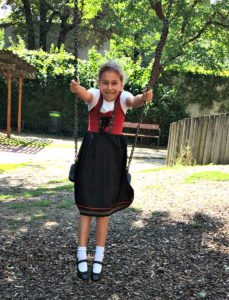 Austria Capital. Wien is the seventh largest city in the European Union! Around 1.8 million people live in Vienna, about as many as each in Budapest, Hamburg, and Warsaw, and a little more than in Philadelphia, US. In the last 10 years the Vienna population has grown by 10 percent. The number of inhabitants is growing at its fastest pace in the whole period since the end of World War II. This makes Vienna one of the fastest growing cities in Europe. By 2029, the population should be back to pre-World War I numbers of 2 million.
Austria Capital. Wien is the seventh largest city in the European Union! Around 1.8 million people live in Vienna, about as many as each in Budapest, Hamburg, and Warsaw, and a little more than in Philadelphia, US. In the last 10 years the Vienna population has grown by 10 percent. The number of inhabitants is growing at its fastest pace in the whole period since the end of World War II. This makes Vienna one of the fastest growing cities in Europe. By 2029, the population should be back to pre-World War I numbers of 2 million.
Vienna’s population density is 4,300 inhabitants per square kilometre or 11,200 per square mile (source: WikiWien) Vienna still provides generous living space. 176 people share one hectare per residential building area on average (source: Vienna Municipality). You will notice this laid back living when you visit.
Thanks to the United Nations Headquarters and other international NGOs, Vienna boasts 181 different nationalities. People in Vienna get pretty old: men make it to 78 years and women to 83 years on average.
Austria’s Capital Government
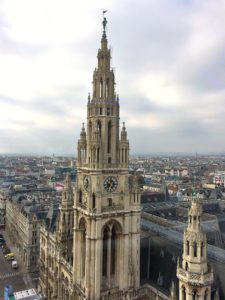 Austria Capital. From a governmental perspective, Wien is an Austrian region, a city and Austria’s largest community. Since 2018, social democrat mayor Michael Ludwig has been running Vienna from the fabulous neogothic City Hall (aka Rathaus Vienna). In fact, some locals compare him to an Ortskaiser (local Emperor).
Austria Capital. From a governmental perspective, Wien is an Austrian region, a city and Austria’s largest community. Since 2018, social democrat mayor Michael Ludwig has been running Vienna from the fabulous neogothic City Hall (aka Rathaus Vienna). In fact, some locals compare him to an Ortskaiser (local Emperor).
Because Vienna has been firmly socialdemocrat since 1945 (!) social, cultural and environmental issues have been topping the agenda. For example, the project Smart City Wien focuses on reducing emissions, using renewable energy sources and applying information technology to make Vienna more environmentally friendly.
Almost any Vienna review reveals that the Vienna population of Austria’s capital is growing fast. Therefore, the city focuses on building entire new residential quarters such as the quarter around the new Central Station and in the north east (Seestadt Aspern). In the next years, Wien will get another metro line, the U5. Existing metro lines U1 and U2 will be extended.
For more facts and statistics about Vienna, download the Vienna Municipality’s free brochure Vienna in Figures (2019).
What Is Vienna Famous For
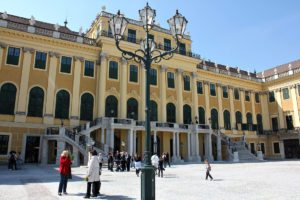 Austria Capital. Wien has cultivated arts and architecture, music and dancing, food and drink for at least the last 500 years. Our oldest cultural institutions that are still wildly popular are the Spanish Riding School and the Vienna Boys Choir. The Vienna Philharmonic Orchestra performs the Vienna New Year’s concert each year, which is broadcast to millions of households around the world. Our most iconic buildings are the Habsburgs’ former summer residence Schonbrunn Palace, Stephansdom and Belvedere Palace. The latter houses the largest collection of Gustav Klimt artwork in the world. Our Vienna coffeehouse culture is a UNESCO recognised Immaterial Cultural Heritage. Our Vienna Balls nearly made it onto that list. All this, together with other lifestyle factors, has made Vienna officially one of the world’s best cities to live.
Austria Capital. Wien has cultivated arts and architecture, music and dancing, food and drink for at least the last 500 years. Our oldest cultural institutions that are still wildly popular are the Spanish Riding School and the Vienna Boys Choir. The Vienna Philharmonic Orchestra performs the Vienna New Year’s concert each year, which is broadcast to millions of households around the world. Our most iconic buildings are the Habsburgs’ former summer residence Schonbrunn Palace, Stephansdom and Belvedere Palace. The latter houses the largest collection of Gustav Klimt artwork in the world. Our Vienna coffeehouse culture is a UNESCO recognised Immaterial Cultural Heritage. Our Vienna Balls nearly made it onto that list. All this, together with other lifestyle factors, has made Vienna officially one of the world’s best cities to live.
What is Vienna most popular for with the locals? If you ask Viennese living abroad what they are missing most about their hometown, they will probably say ‘Manner Schnitten and Almdudler’. We can’t live without our hazelnut cream wafers and that sweet herb fizzy drink…
How Best to Visit Wien
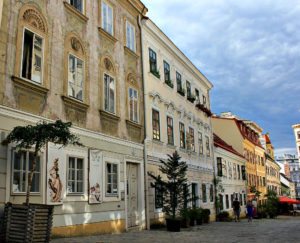 Austria Capital. When you visit Vienna, take at least three days to get to know the city and its key highlights. The most popular Imperial and musical offer is easy to find. Go off-path, too, to connect more deeply with the city. I am mixing both tourist sightseeing and insider tips in What to do in Vienna.
Austria Capital. When you visit Vienna, take at least three days to get to know the city and its key highlights. The most popular Imperial and musical offer is easy to find. Go off-path, too, to connect more deeply with the city. I am mixing both tourist sightseeing and insider tips in What to do in Vienna.
Here are a few tips on savouring our quality of life: Use public transport as often as you can, take a Vienna bike tour during the warm months, visit traditional Vienna coffeehouses and public festivals.
As for neighbourhoods, Wieden, Mariahilf, Josefstadt, Hietzing or Dobling are full of lovely gems and get you closer to our way of life. Consider heading for popular weekend spots Vienna Woods, Wachau Valley and Burgenland, and do drink our tap water. It comes directly from the mountains and is one of the best city drinking waters in the world. Finally, connect with the Viennese, for example during a Viennese cooking class, at festivals or simply with your taxi driver.
go to What To Do In Vienna – 10+ Must See and Do Tips
check out Vienna Travel Planning – Trip Planning and Travel Consulting by Vienna Unwrapped
explore Flights to Vienna – My Frequent Flyer Tips
find out about Trains to Vienna – From Airport, Prague, Bratislava, Budapest, Salzburg And More
go to Hotels Vienna Austria – Where I Would Stay If I Was A Tourist
get an overview of key Vienna Attractions – Native Advice of Tourist Attractions
go to Vienna Sightseeing Top 10, And Four Extra Tips
to venture out further, visit my Austria Travel Guide – 21 Austrian Locations To Visit From Vienna
get familiar with these key Vienna Tourism Tips – 12 Essentials You Should Know
back to Vienna Unwrapped homepage

